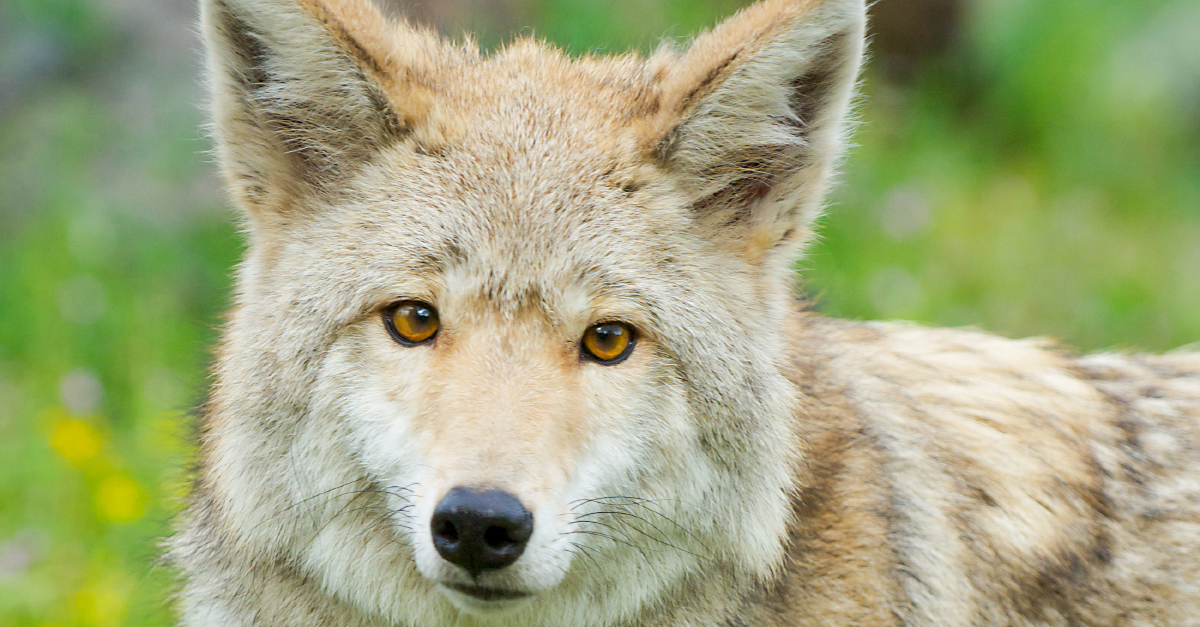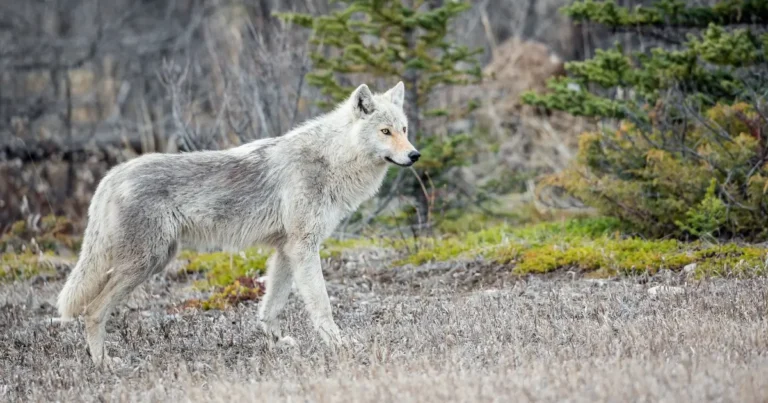
A coyote wandering through the backyard is a treat for many supporters of The Fur-Bearers, and other animal lovers across Canada. But for some, that coyote is to blame for missing pets, frightening encounters, and headlines for local newspapers and harrowing interviews for television stations.
In recent days, The Fur-Bearers have been told of such headlines in communities across the country, from PEI to Manitoba to BC. They tend to have a few things in common:
- Regular coyote sightings
- Missing outdoor cats
- Fear that coyotes will attack people or children
- A demand for the government to “do something”
The fear and blaming of coyotes for various wrongs is understandable: following the loss of a beloved pet, anger, sadness, and grief are expected, and coyotes provide a simple scapegoat and target for these emotions. But in that whirlwind of feelings, facts and correlation get confused.
For example, in many cases portrayed in the media, there is no actual evidence coyotes were involved in the death or disappearance of outdoor cats. SPCAs, humane societies, and rescue groups across the country can attest that outdoor cats are the victims of vehicular traffic, disease, other cats, simply getting lost, and a whole ecosystem of potential conflicts and predators (raccoons, possums, several varieties of birds of prey, off-leash dogs, and so on). There’s also the cases of extreme human cruelty that involve outdoor cats. That’s not to say coyotes can’t be responsible for the death of outdoor cats, but that immediately blaming them – and expecting some kind of vengeance upon the population – is inappropriate and short-sighted. It also ignores the simple fact that cats kept indoors or confined to backyards and monitored won’t be victims of any of these potential threats.
PODCAST: Good Coyote, Bad Rap (listen now!)
That mixture of emotion, bolstered by fear, leads to another problem: ignoring the actual problem. Coyotes respond to the environment around them, and want the same things we do: a safe place to raise our family and put food on the table. We, as humans, tend to create ideal grocery stores for wildlife through our mishandling of attractants such as household waste, pet food, overflowing bird feeders, fallen fruits, and even direct feeding. If we remove those, and teach our local coyotes that hanging around us isn’t a great idea (through hazing), coyotes will respond in kind – and keep their distance, looking for food sources elsewhere.
Governments can, of course, “do something” about coyotes – they can educate people on how to manage attractants and haze wildlife, create by-laws to support attractant management and outdoor pets, and enforce those by-laws. But killing coyotes doesn’t work – and in fact can make conflict an even bigger problem.
We understand fear, and we understand the deep sense of loss when pets are lost that is accompanied with anger, sadness, and grief. But we need to still educate so we can co-exist with wildlife, rather than see even more tragic losses to all members of our communities.
monthly donor(for as little as $10/month – the cost of two lattes) pleaseclick hereand help us save lives today.

